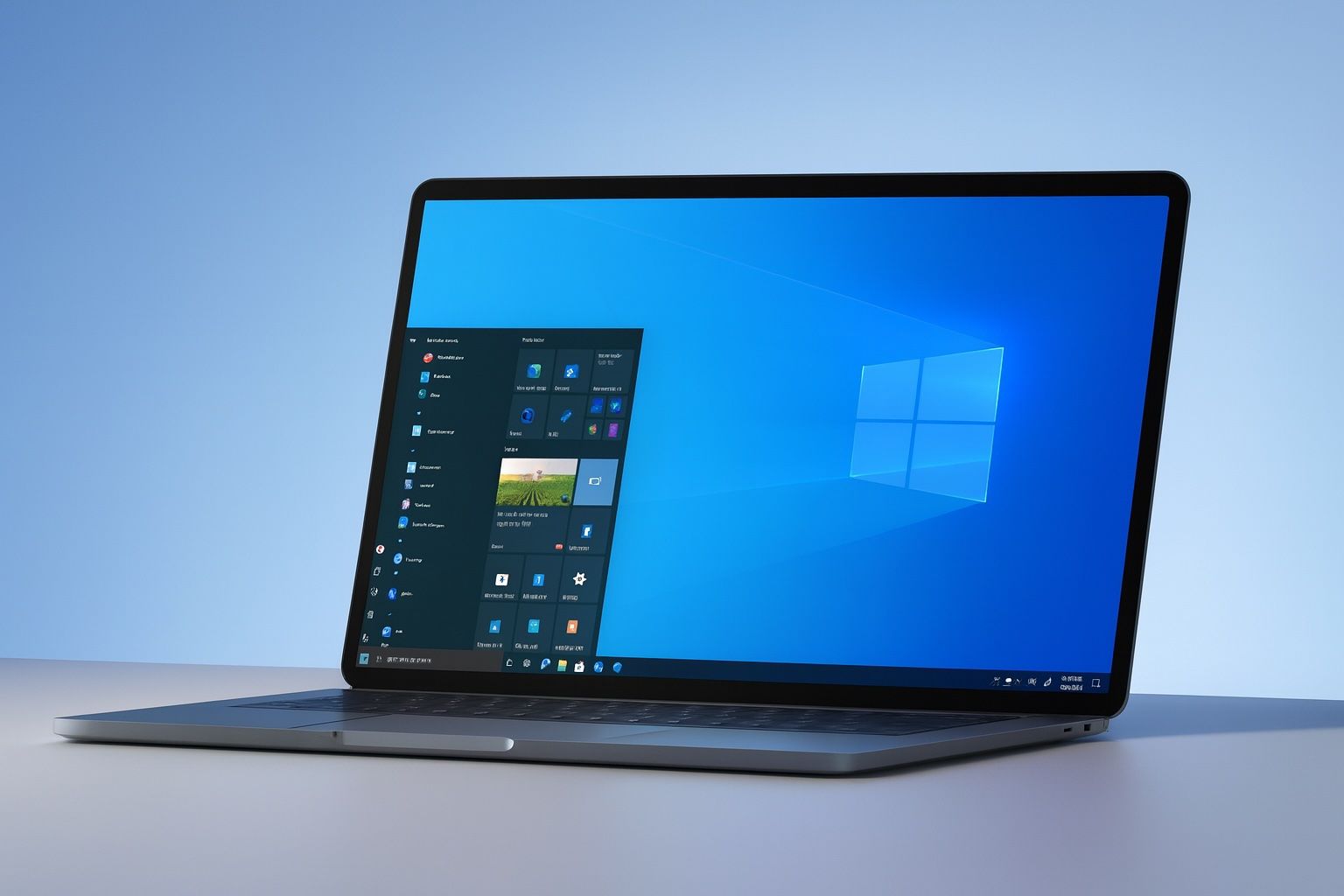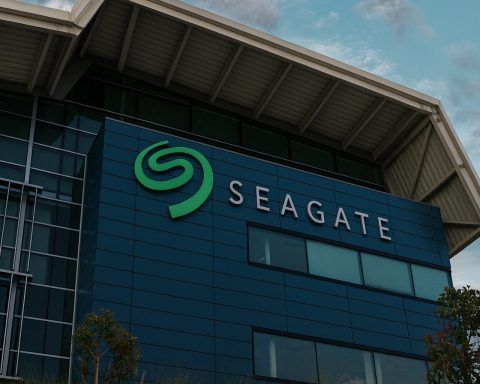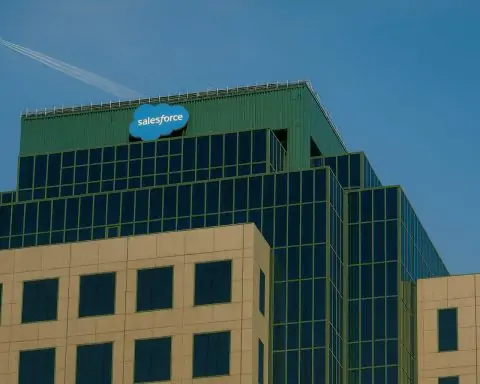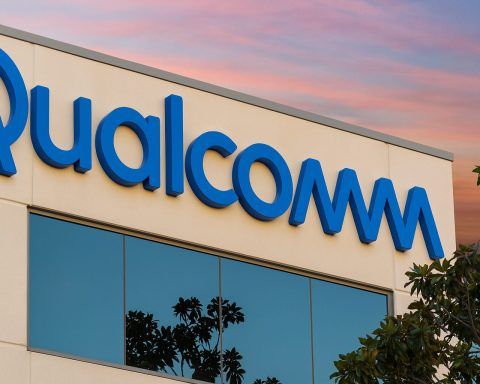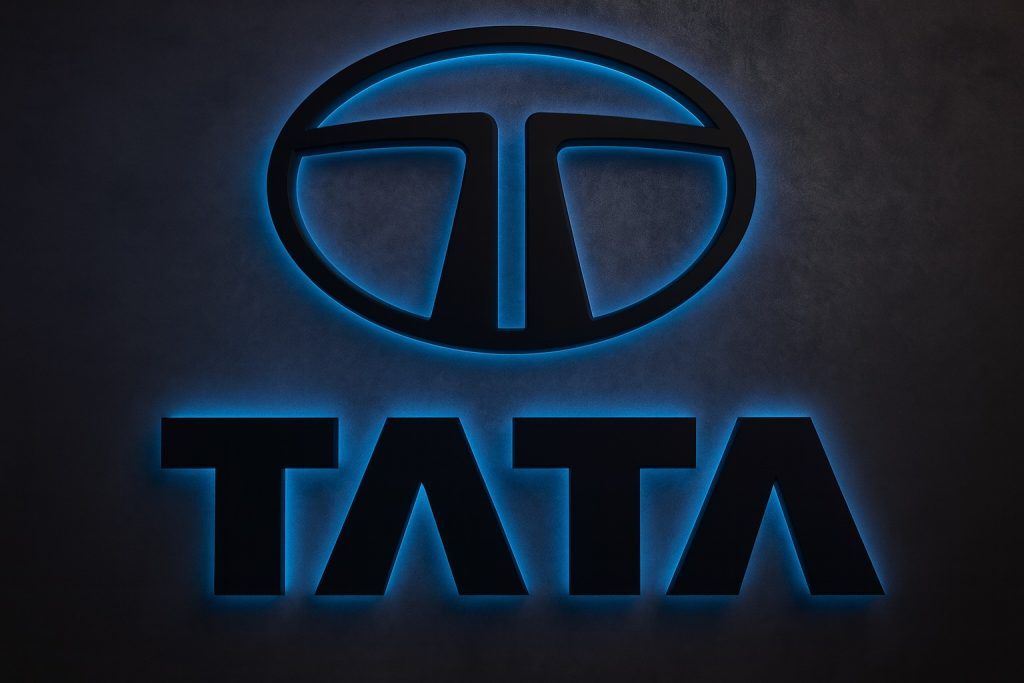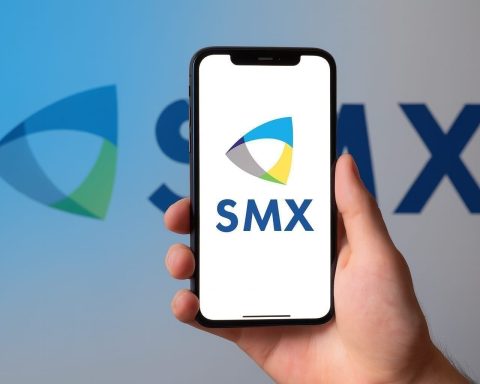- Windows 10 EOL Date: Microsoft will officially retire Windows 10 on October 14, 2025 [1]. After that date no further updates or fixes will be provided [2], leaving machines on Win10 increasingly vulnerable.
- Who’s Affected: Over 40% of all Windows PCs (hundreds of millions worldwide) still run Windows 10. UK media report ~5 million UK users on Win10, a quarter planning to keep it post-deadline [3]. Security experts warn this is dangerous – CyberArk’s Matt Balderstone says once updates stop, “millions of machines [will be] exposed to future vulnerabilities that will never be patched” [4], and Avast’s Luis Corrons adds EoL marks “the end of free safety nets” for users [5].
- Upgrade & Security Options: Microsoft urges all Win10 users to upgrade to Windows 11 or buy new PCs with Win11 [6] [7]. For incompatible devices, Microsoft’s free Extended Security Updates (ESU) program extends patches for one more year. ESU is free if you link your PC to a Microsoft account (or in Europe’s EEA, sign in periodically) [8]. Otherwise there’s a fee ($30 or 1000 reward points) [9] [10].
- PC Market Surge: Analysts confirm a PC upgrade cycle is already underway. IDC/TechSpot report global PC shipments +9.4% in Q3 2025 (75.8M units) as consumers and businesses replace aging PCs ahead of the deadline [11]. IDC notes the market is being “lifted by the Windows 11 transition,” with “millions of consumers… replacing their aging machines” [12].
- Industry Response: Major OEMs are capitalizing on this refresh. Dell, HP, Lenovo and others are rolling out new Windows 11 AI-PCs (laptops/desktops with neural engines) to entice upgraders [13] [14]. Dell executives explicitly cite Win10’s EOL and AI demand as a “big replacement pool” opportunity [15]. Gartner forecasts virtually all enterprise PC purchases will be “AI PCs” by end-2026 thanks to this forced refresh [16]. TS2-Tech analysis predicts AI-enabled PCs will be mainstream: shipments should jump to 100+ million units in 2025 (half of all PC sales) and almost every new PC by 2030 will have on-device AI [17] [18].
- Stock & Forecast: Markets are already pricing this in. Dell (DELL) stock closed around $155.55 on Oct 13, 2025 (up ~1.2% that day) [19]; Microsoft (MSFT) was about $516.02 (+0.3%) [20]. Dell’s recent share gains followed a bullish Oct 7 forecast upgrade: analysts now expect 7–9% annual revenue growth and mid-teens EPS growth, up from prior 3–4% goals [21]. TS2-Tech notes Dell’s valuation still looks cheap – “only ~0.8× forward sales” vs 7× tech average – so “Dell shares are cheap relative to peers” given its growth outlook [22]. In short, analysts see room for upside if the Win10 upgrade wave and AI demand continue.
- Laptop Upgrades: Tech press is already advising consumers on hardware. WIRED’s October 13 article bluntly titled “Windows 10 Is Dead” urges users to “upgrade to these Windows 11 laptops” [23]. Its picks include Microsoft’s new ARM-based Surface Laptop 7 (2024), Dell’s 14 Plus, and Asus ZenBook models. Notably, WIRED praises the Surface 7’s Qualcomm ARM chip as “every bit as efficient and long-lasting as a MacBook” [24] – a sign that even battery life for Windows laptops has leapt forward on the new OS.
- Ongoing Risks: With the deadline hours away, security watchdogs warn of scams. Fraudsters may push fake upgrade offers or support calls. Data backup is strongly advised, since unpatched Windows 10 machines will be sitting ducks for hacks [25]. On the tech side, even Microsoft’s official upgrade tool is glitching: the latest Media Creation Tool may crash on Win10 PCs [26], forcing impatient upgraders to use alternatives like Rufus or Ventoy [27].
Microsoft’s support page and tech media agree: Windows 10 won’t “shut down” on Oct 14, 2025, but it will become unsafe to use long-term [28] [29]. After that day, only devices enrolled in ESU or running Windows 11 will get patches [30] [31]. Users should plan accordingly: if your PC can handle Windows 11, upgrade now via Windows Update. If not, consider replacing it (see WIRED’s laptop guide [32]) or at least enrolling in Microsoft’s free ESU program to buy a year of breathing room. Security experts emphasize that continuing to run unpatched Win10 is too risky: “in an era of unprecedented cyber risk, one Windows 10 machine is now too many” [33]. In short, prepare now or face serious security headaches down the road.
Sources: Official Microsoft notices and tech outlets [34] [35] [36] [37] [38] [39] [40] [41] [42] [43], as well as analysis from TechStock²/TS2 and IDC/market research [44] [45]. These sources provide the factual and expert basis for this report.
References
1. support.microsoft.com, 2. support.microsoft.com, 3. www.independent.co.uk, 4. www.independent.co.uk, 5. www.independent.co.uk, 6. support.microsoft.com, 7. www.wired.com, 8. www.windowscentral.com, 9. hothardware.com, 10. www.windowscentral.com, 11. www.techspot.com, 12. www.techspot.com, 13. ts2.tech, 14. ts2.tech, 15. ts2.tech, 16. ts2.tech, 17. ts2.tech, 18. ts2.tech, 19. www.investing.com, 20. www.investing.com, 21. ts2.tech, 22. ts2.tech, 23. www.wired.com, 24. www.wired.com, 25. www.independent.co.uk, 26. hothardware.com, 27. hothardware.com, 28. support.microsoft.com, 29. www.independent.co.uk, 30. www.windowscentral.com, 31. support.microsoft.com, 32. www.wired.com, 33. www.independent.co.uk, 34. support.microsoft.com, 35. www.windowscentral.com, 36. www.independent.co.uk, 37. hothardware.com, 38. www.wired.com, 39. www.techspot.com, 40. ts2.tech, 41. www.investing.com, 42. www.investing.com, 43. ts2.tech, 44. ts2.tech, 45. ts2.tech
